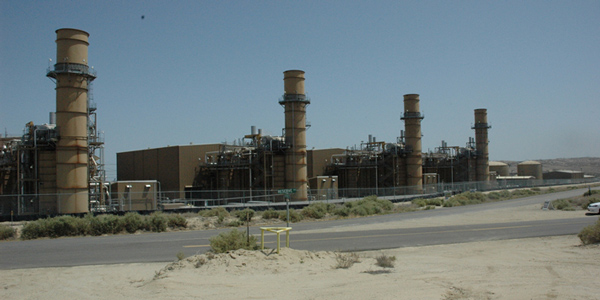By Robert Mullin
A new CAISO initiative could allow power producers a way to temporarily suspend the operation of an unprofitable generating plant — and possibly provide compensation to plants denied permission to do so.
That would crack the door for the ISO to issue a type of capacity payment to some financially struggling generators not needed to maintain system reliability, even if it falls far short of establishing a capacity market.
The Temporary Suspension of Resource Operations initiative will explore under what circumstances the ISO might permit a resource owner to temporarily pull a money-losing generator out of the market short of the “mothball” and retirement procedures already spelled out in the ISO’s Business Practice Manual.
“The initiative will assess how potentially allowing this type of resource status change would interact with other requirements of the CAISO Tariff, contracts, and with grid and market operations,” the ISO said in an issue paper describing the scope of the effort.
CAISO said it was seeking to address the issue in response to stakeholder comments filed in a 2016 FERC proceeding over the ISO’s refusal to approve outage requests for three of four units at the 965-MW La Paloma combined cycle plant 140 miles north of Los Angeles (EL16-88).
Completed in 2003, La Paloma — like other gas-fired plants in California — has in recent years struggled to compete in the wholesale market because of depressed prices, largely driven by lower-priced renewable resources. The owners estimated that the plant would lose $39 million annually under continuous operation and asked that CAISO allow them to shut down the three units from July to November 2016.
The ISO rejected the plant owners’ requests because they were made for economic — and not physical — reasons. It also rebuffed an additional request to compensate the units by designating them as reliability-must-run resources, contending that they were not needed for reliability purposes. At that time, 42 MW of the plant’s Unit 2 were under an RMR agreement.
Last December, two months after FERC refused to overturn the ISO’s decision, La Paloma filed for bankruptcy, citing $524 million in debt and an “inhospitable regulatory environment.”
While market participants generally agreed with CAISO’s decision, some suggested that FERC direct the ISO to amend its Tariff to address revenue shortfalls for conventional generators. FERC rejected the request.
The new initiative seeks to address at least some of those stakeholder concerns. In its filings with FERC, CAISO acknowledged the importance of keeping conventional generation available to help integrate the growing volume of renewables on its system and noted that it was actively pursuing market changes to compensate generators for their needed characteristics.
The ISO seeks to keep the scope narrow, avoiding a discussion of using the current outage management system — which is intended for maintenance outages — for economic requests.
“The distinction here is that this initiative will look at the conditions under which the CAISO may allow a participating generator to temporarily suspend the operation of its generating unit,” the ISO said in its paper. “The solution will likely involve a process and a new method for requesting and then reporting a temporary suspension of operations.”
Perhaps most significantly, the ISO wants stakeholders to consider the need for a mechanism to compensate generators not needed for resource adequacy but denied permission to suspend operations, including a potential cost allocation scheme.
The initiative will also explore maximum and minimum time limits for temporary suspensions, timelines for requesting suspension and whether suspended resources should maintain a level of readiness to return to the ISO market if it’s needed.
The ISO additionally expects to consider whether a generator can switch operation from one balancing authority area to a neighboring one for an extended period of time and how that would affect resource adequacy accounting.
Under current rules, owners that plan to mothball a generator must provide CAISO 60 days’ notice before shutting down and submit a “long-range” outage request. To maintain its repowering rights and deliverability status, the plant must provide a repowering plan within one year of closing.
CAISO will kick off the initiative with a May 19 stakeholder call.




